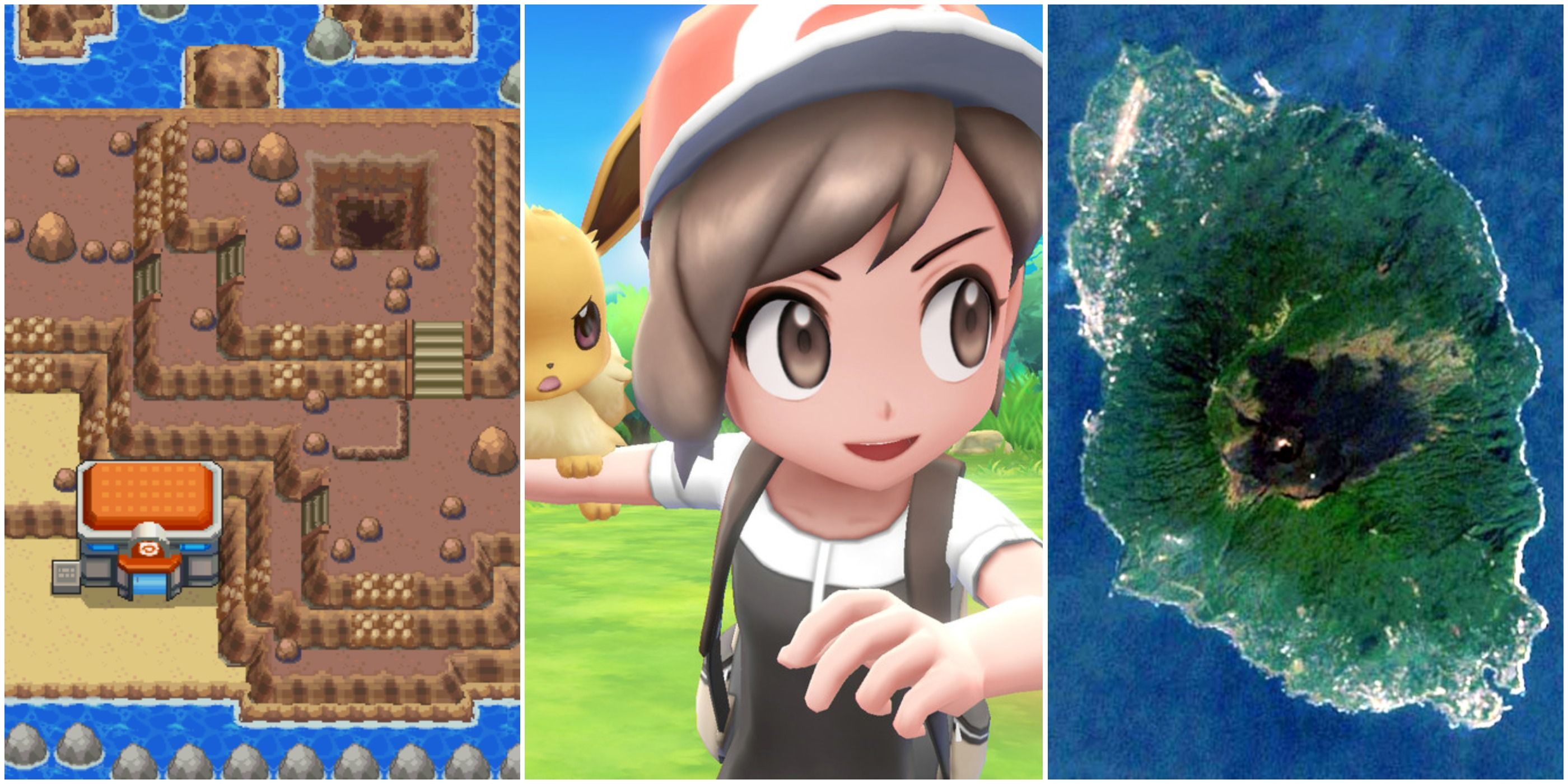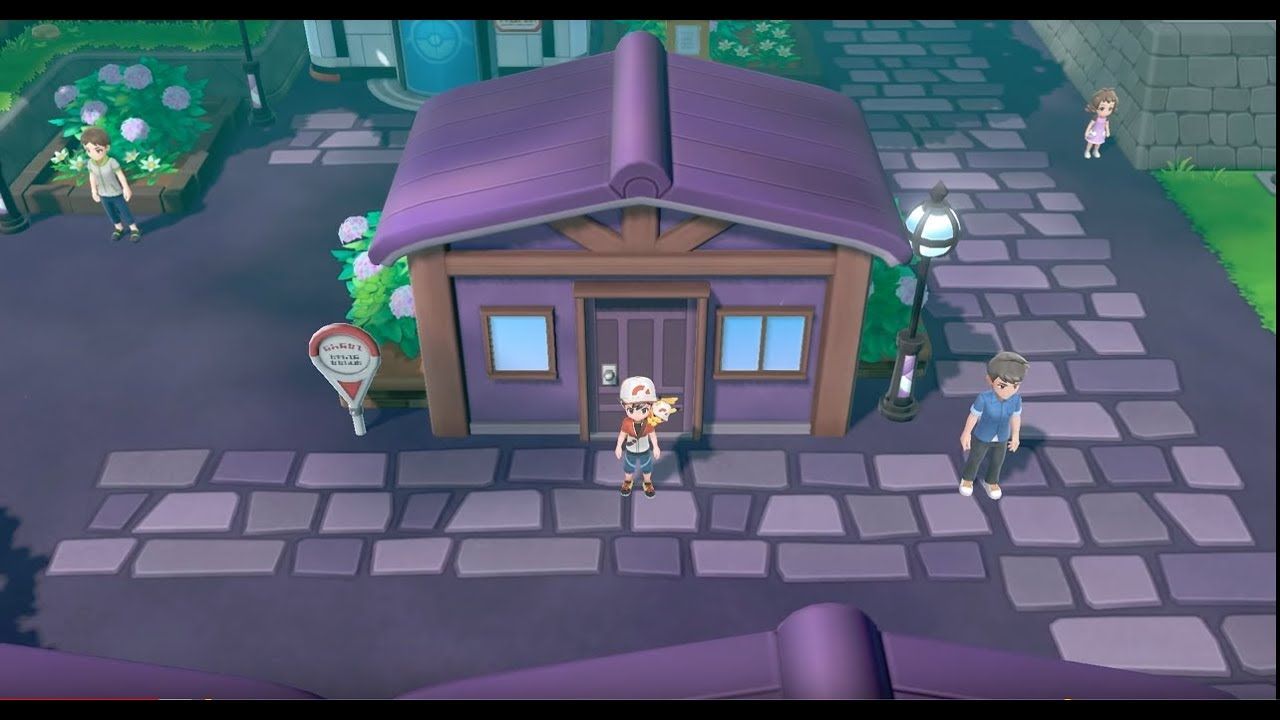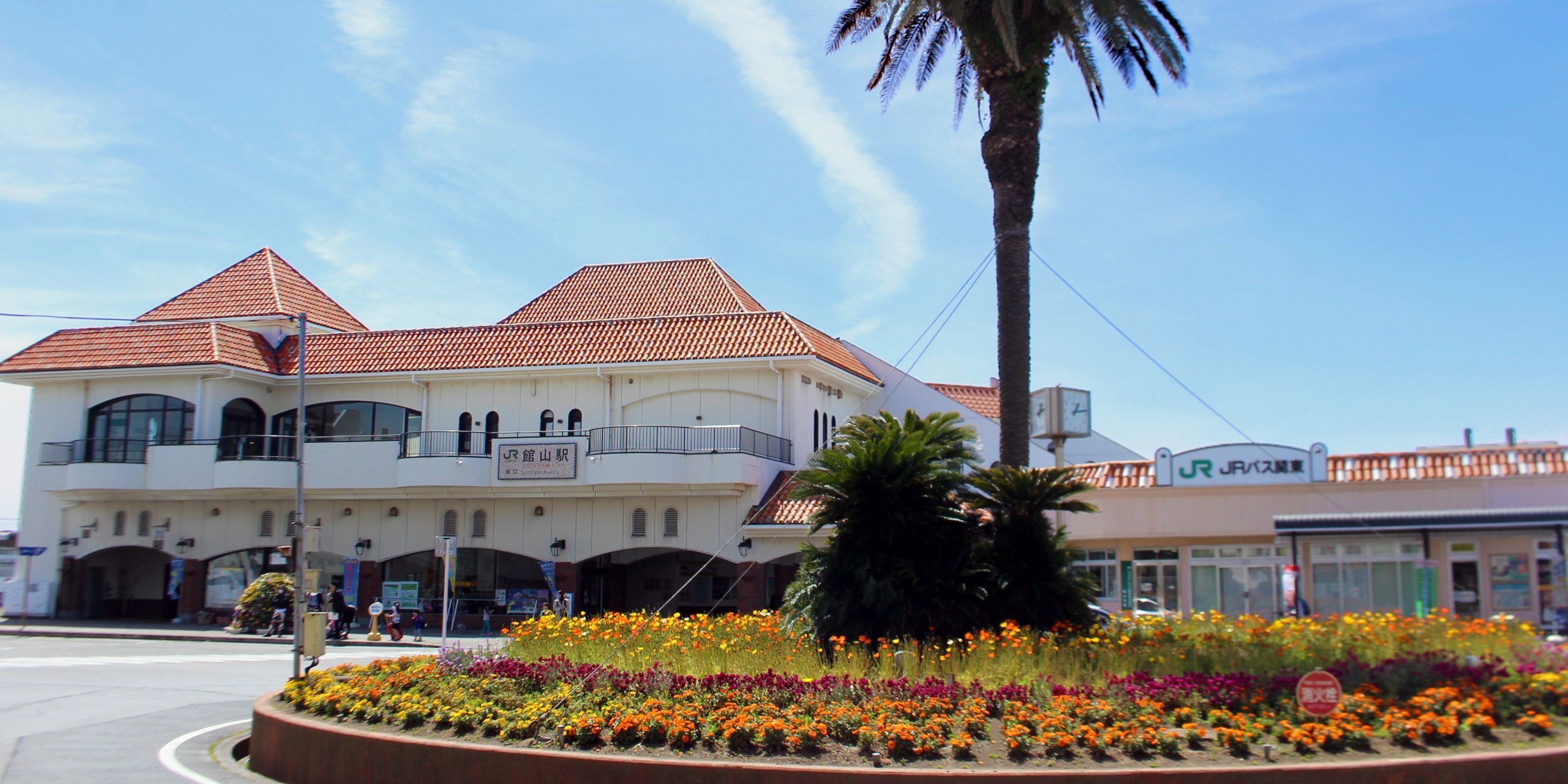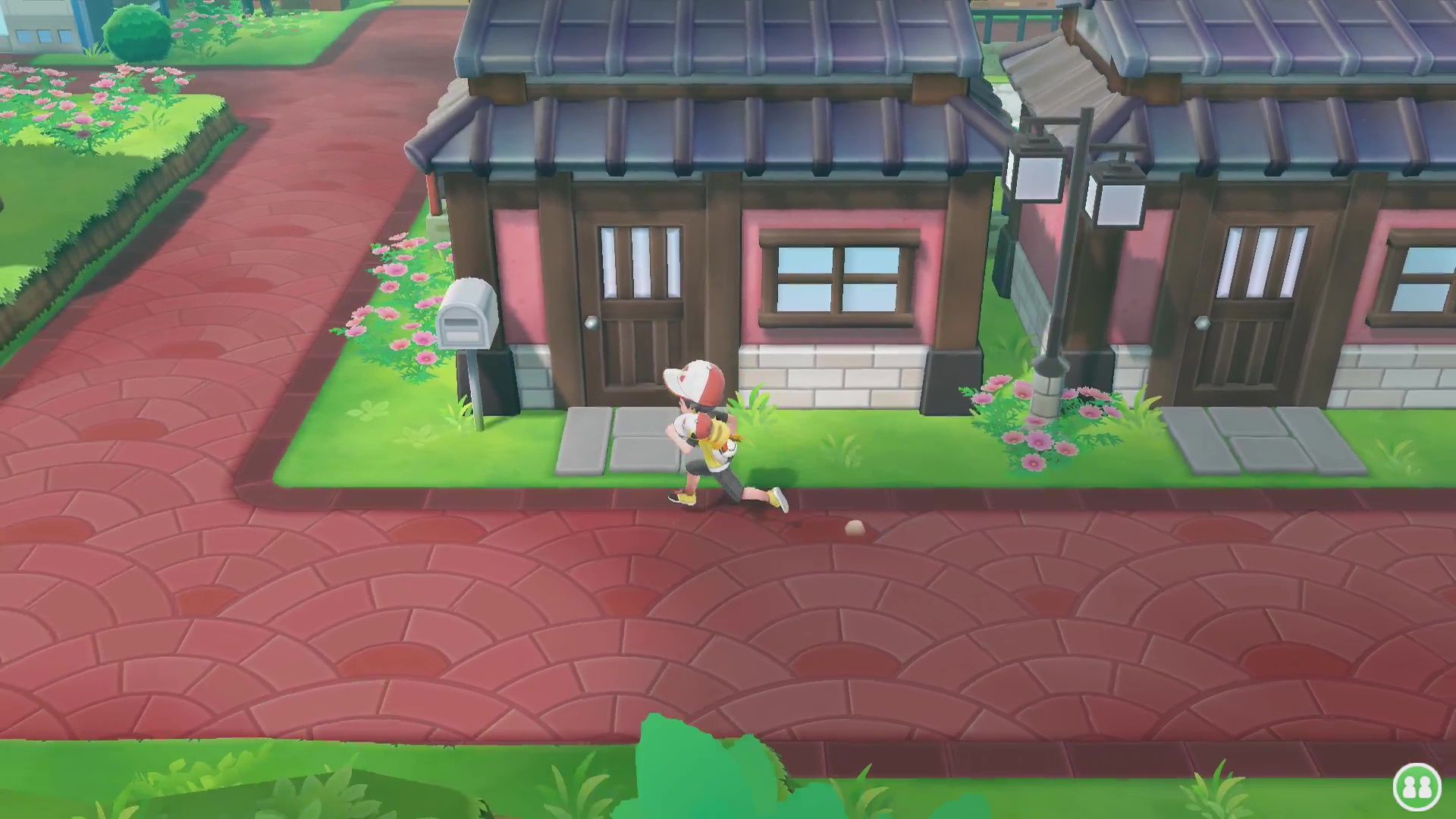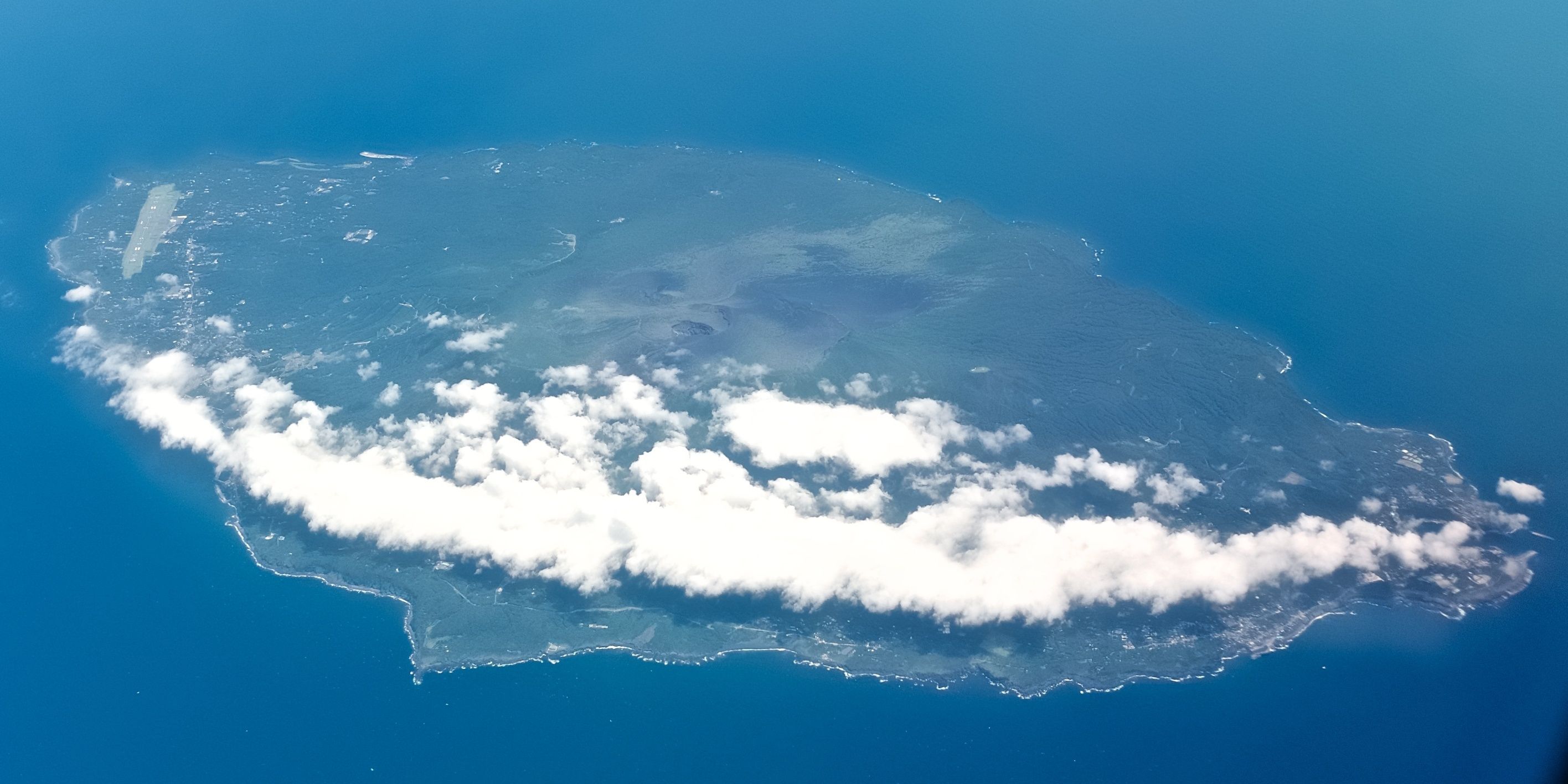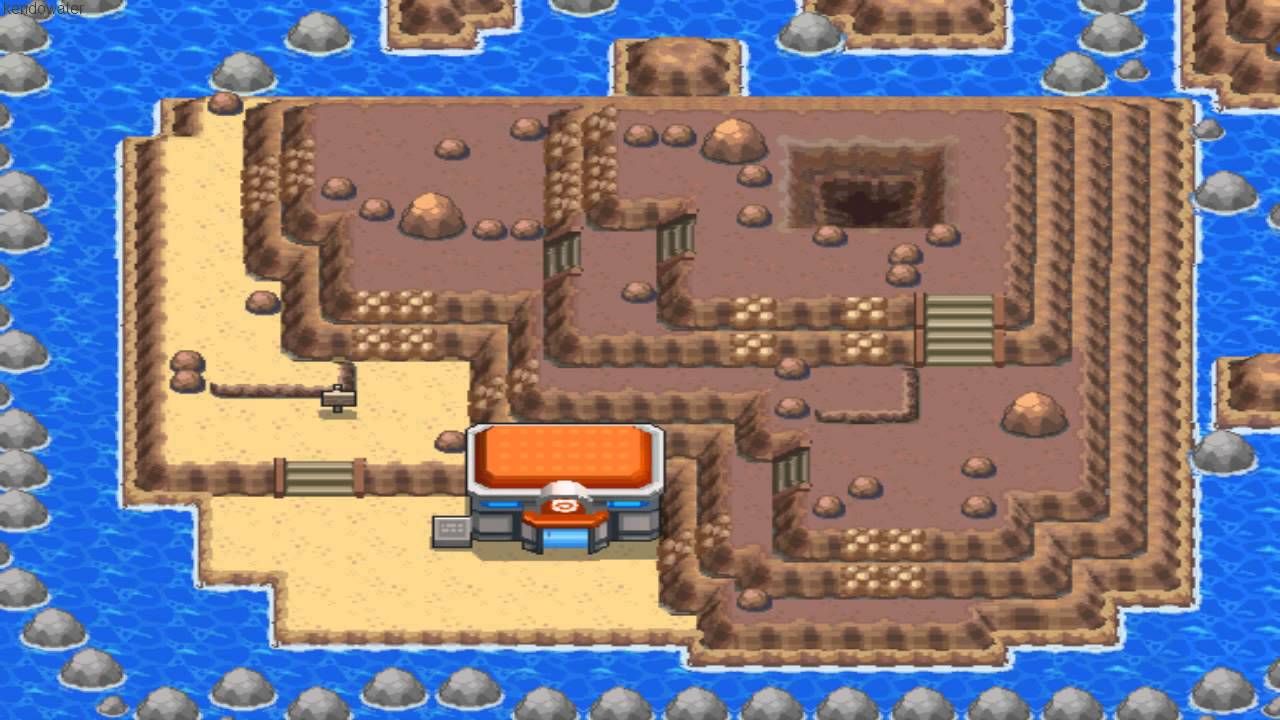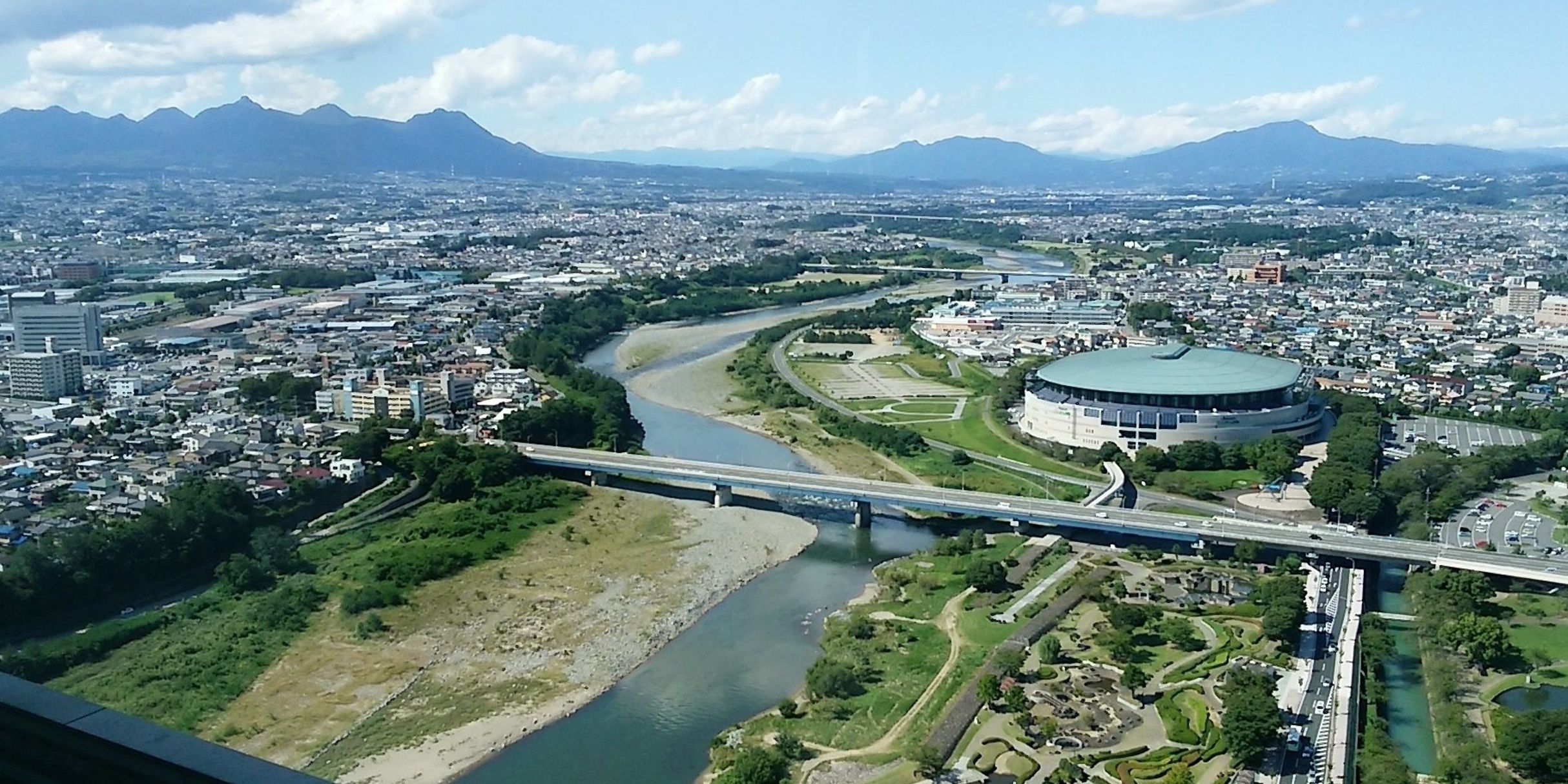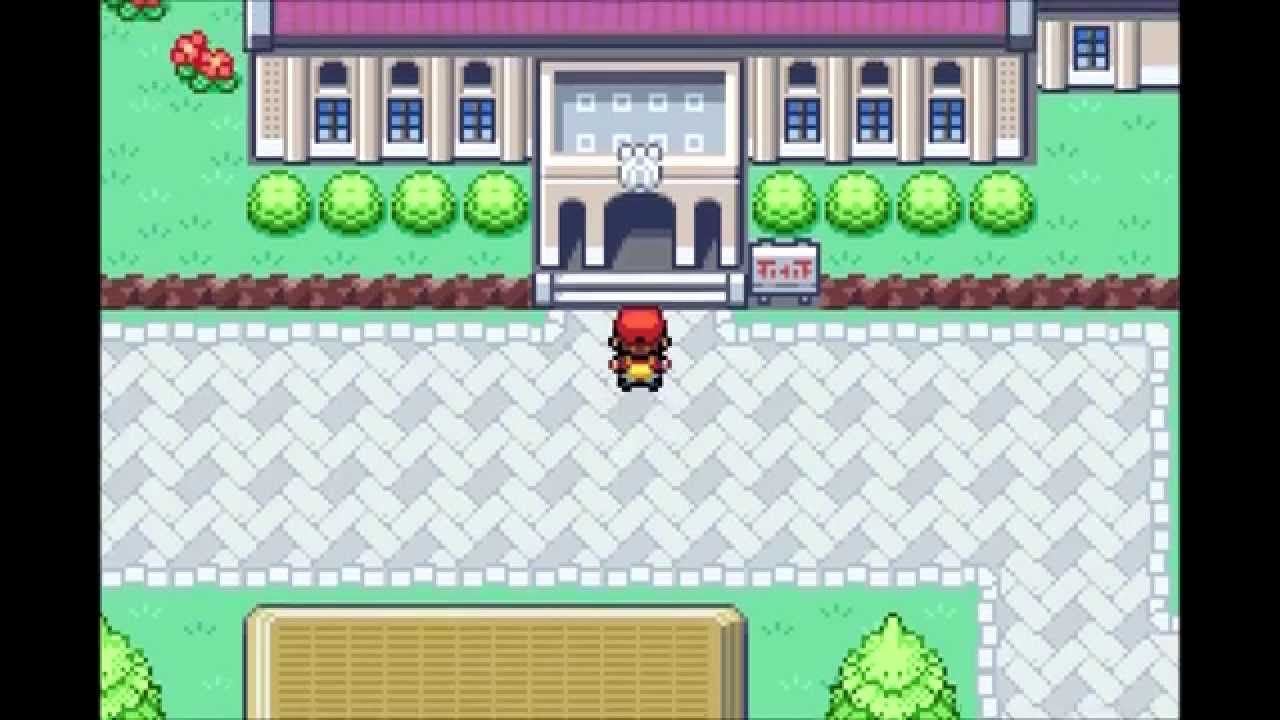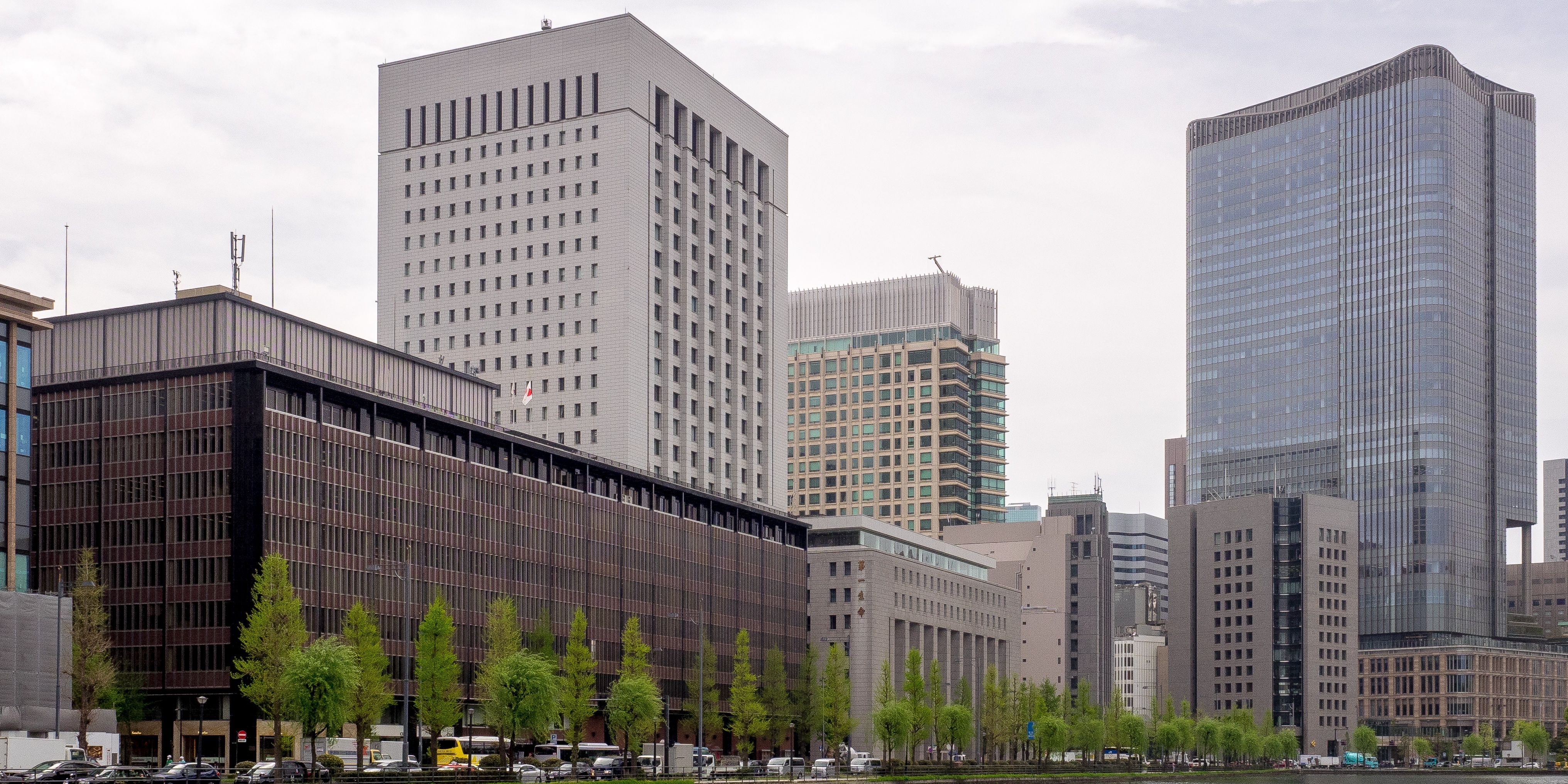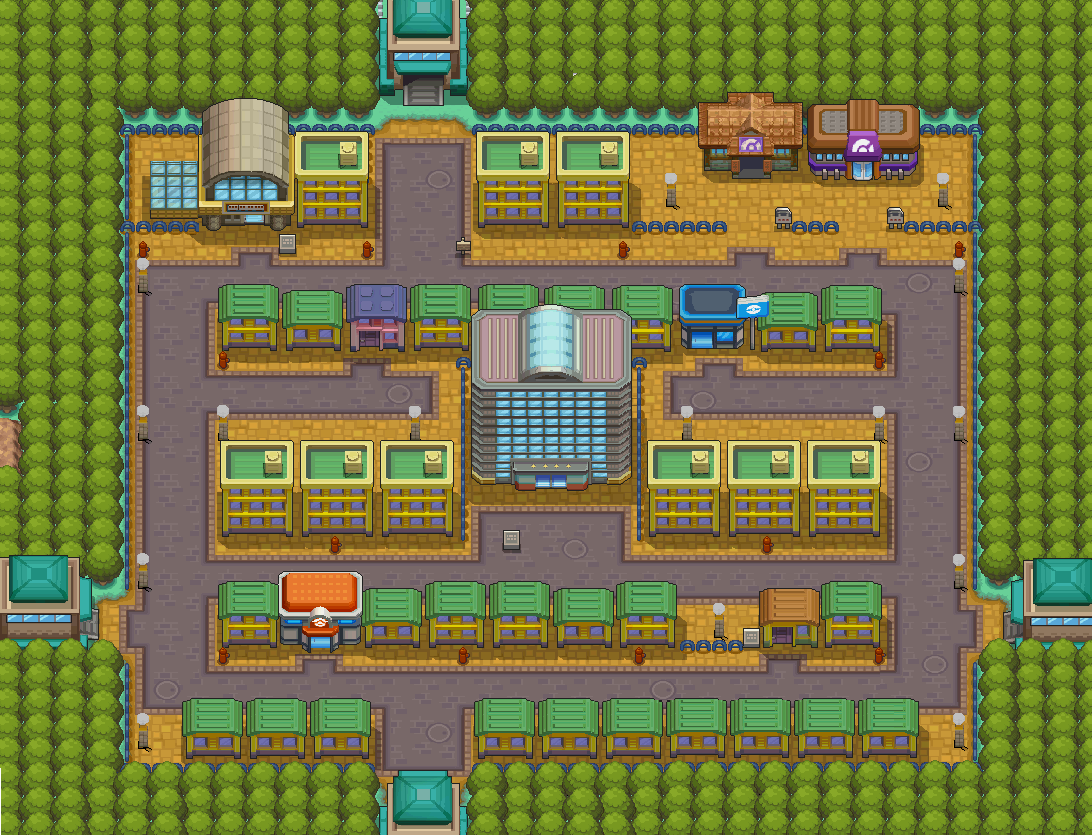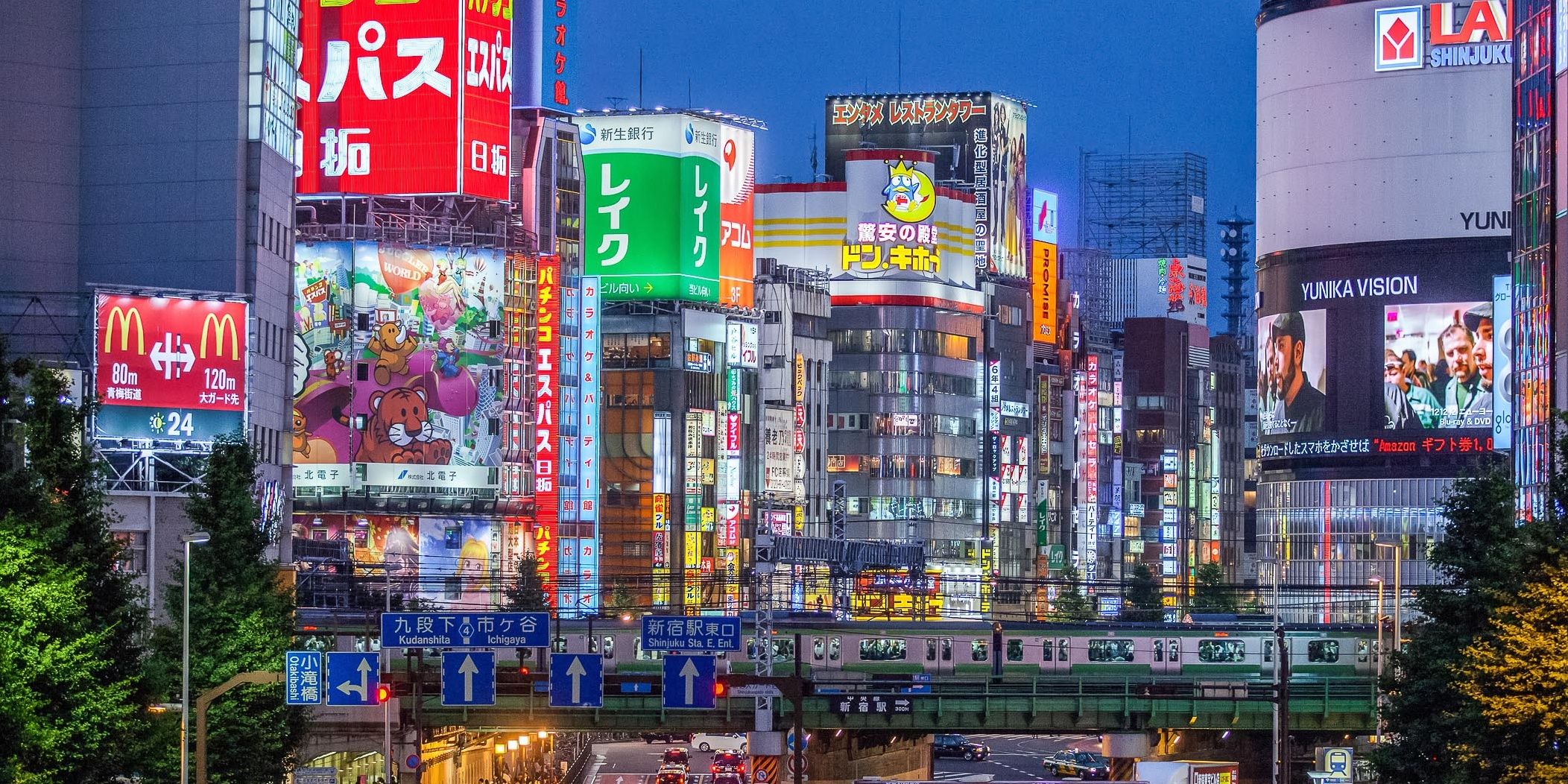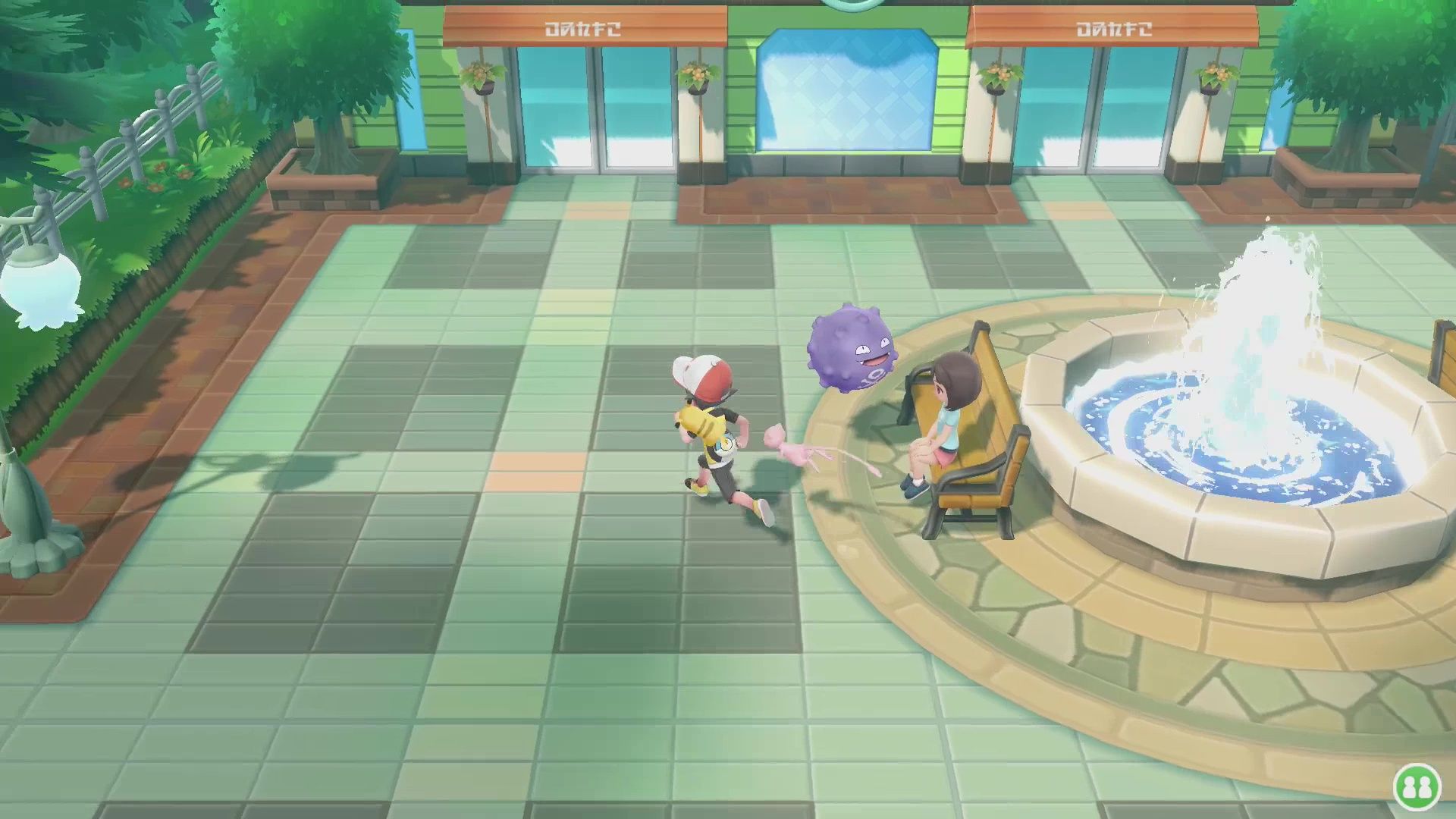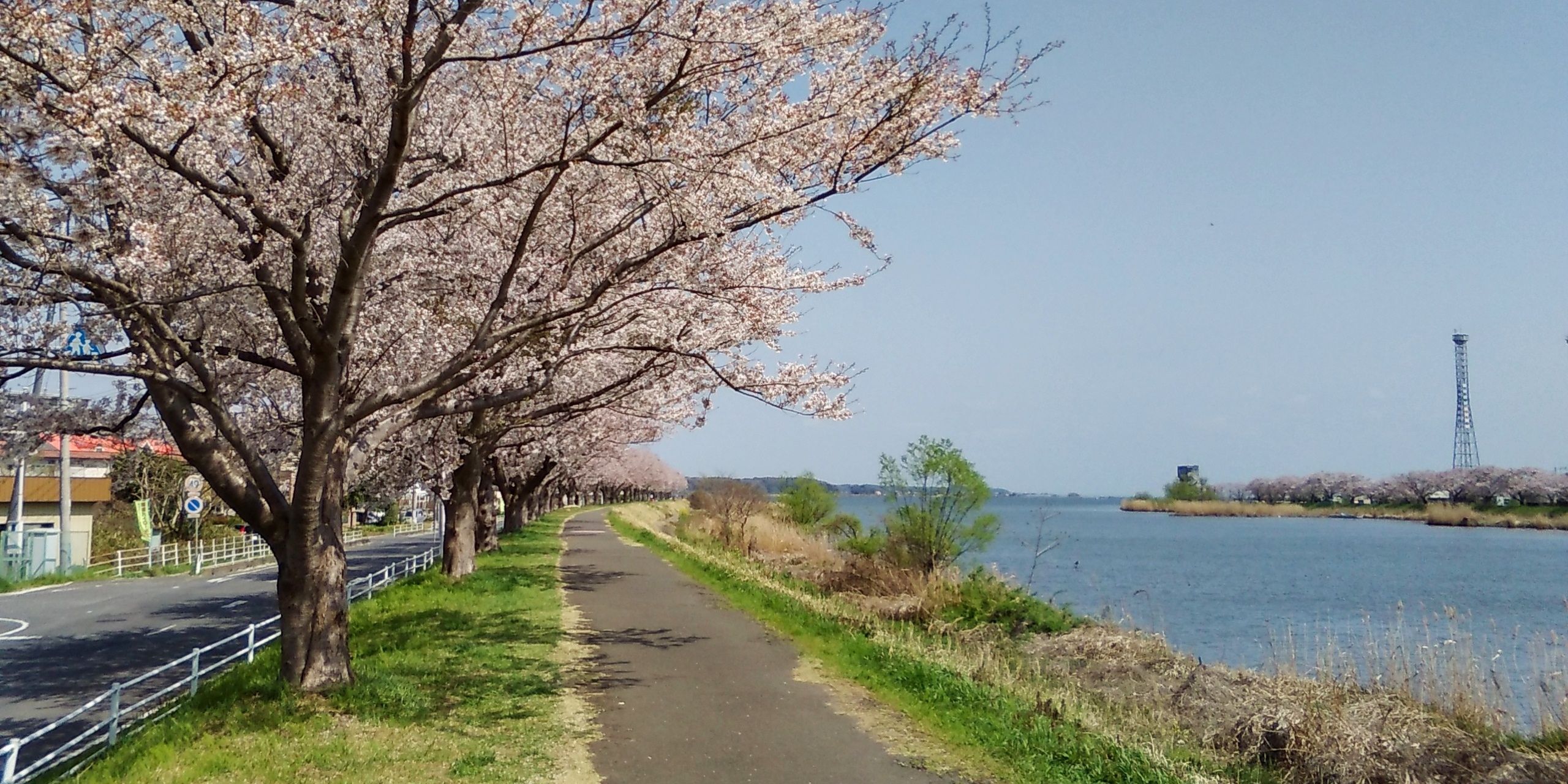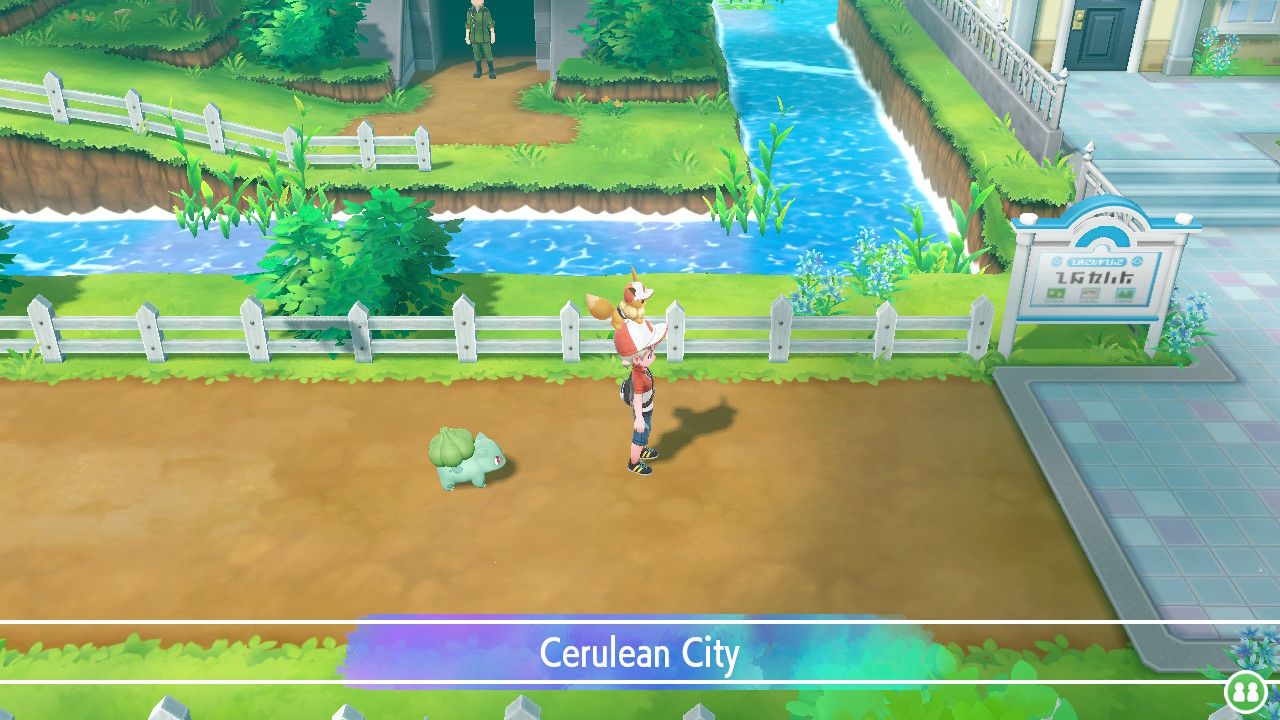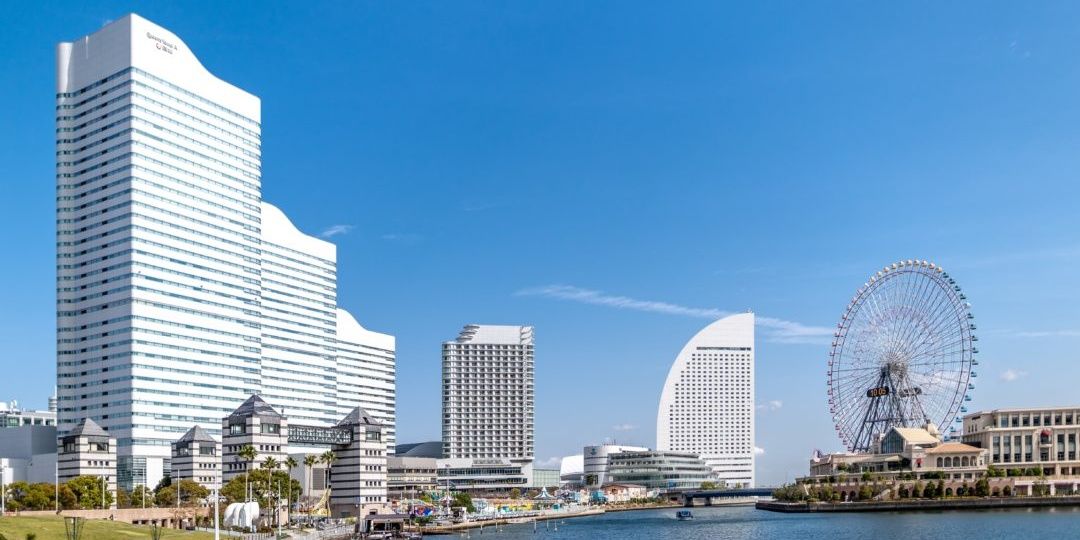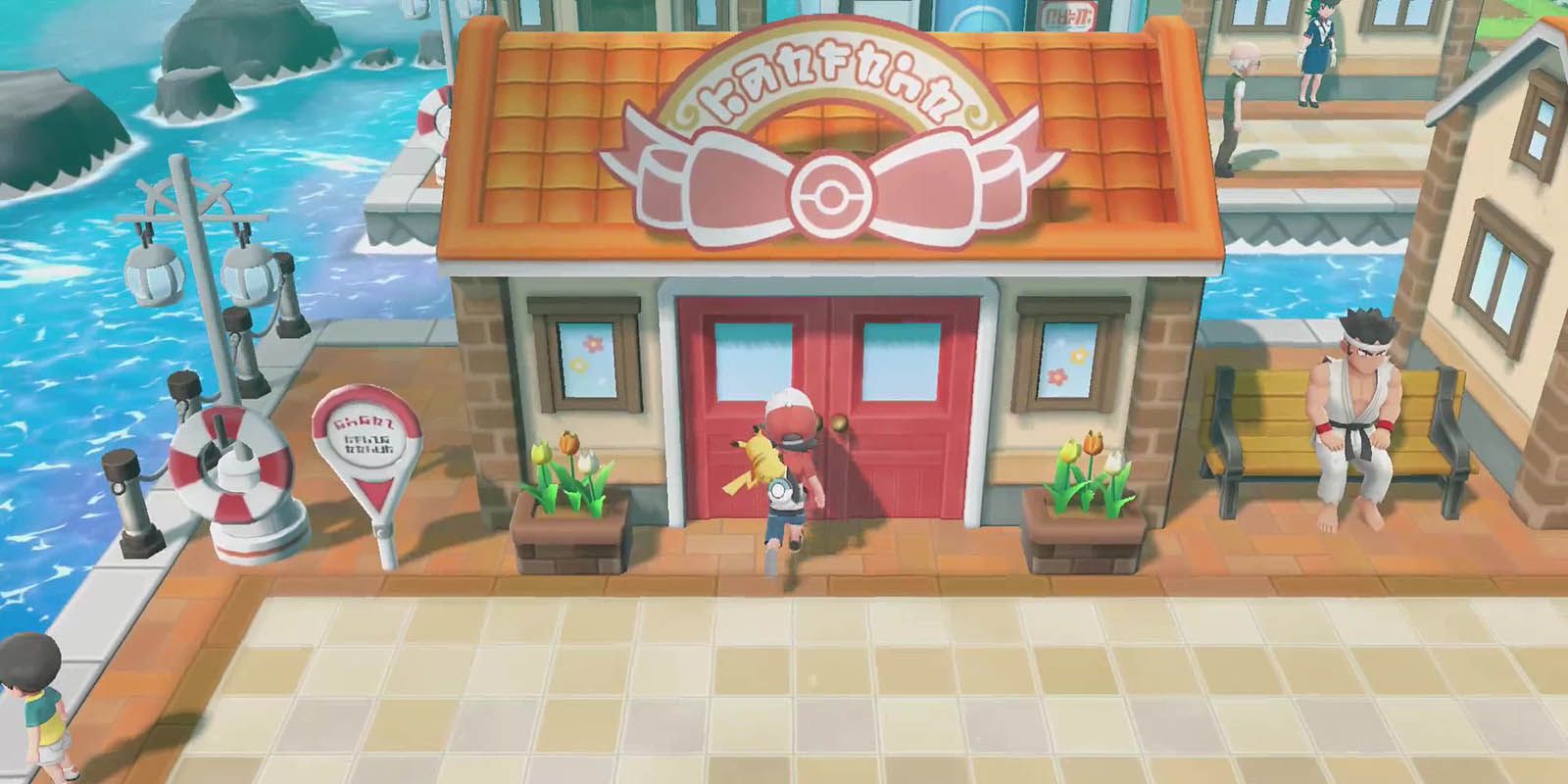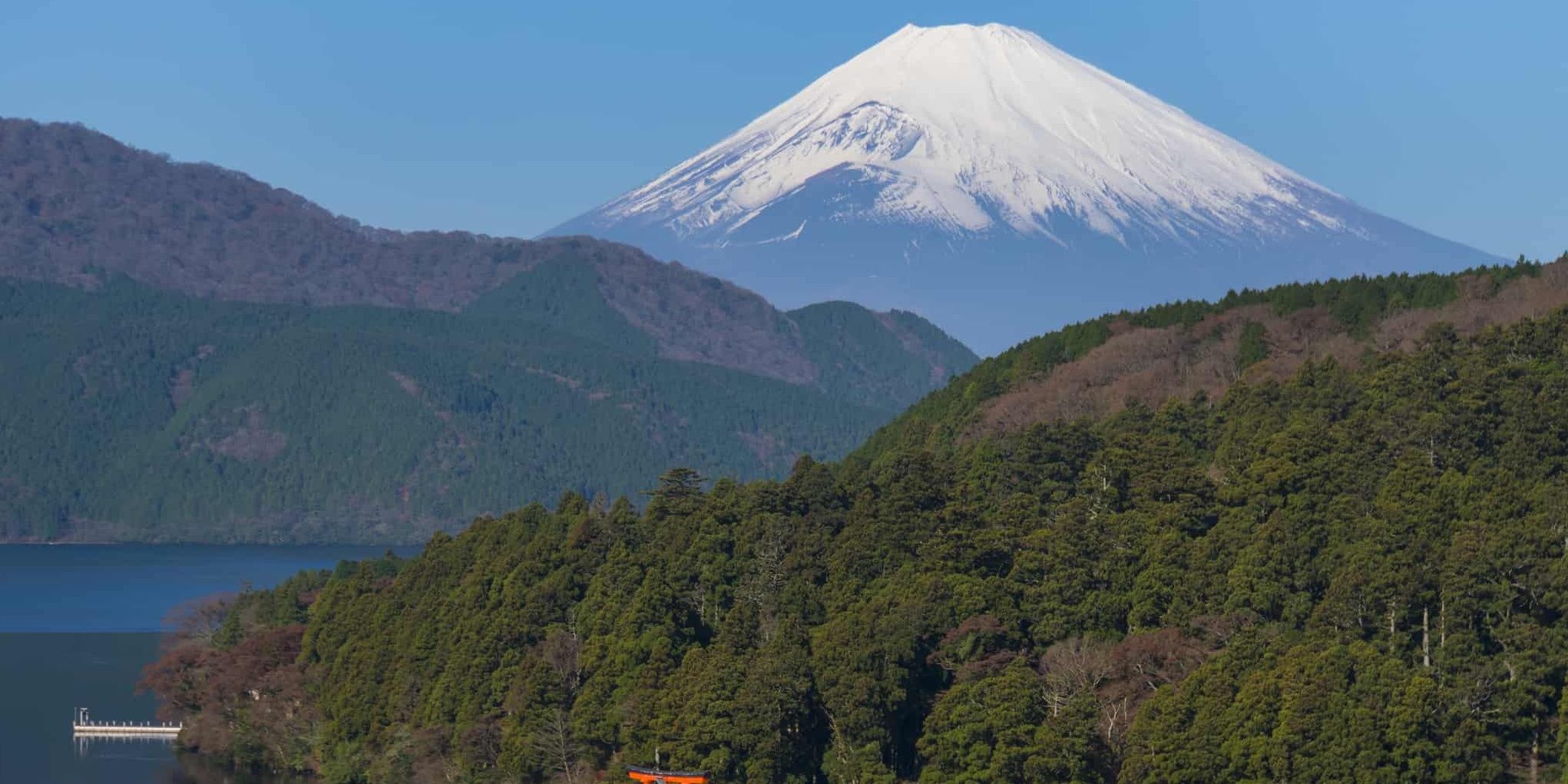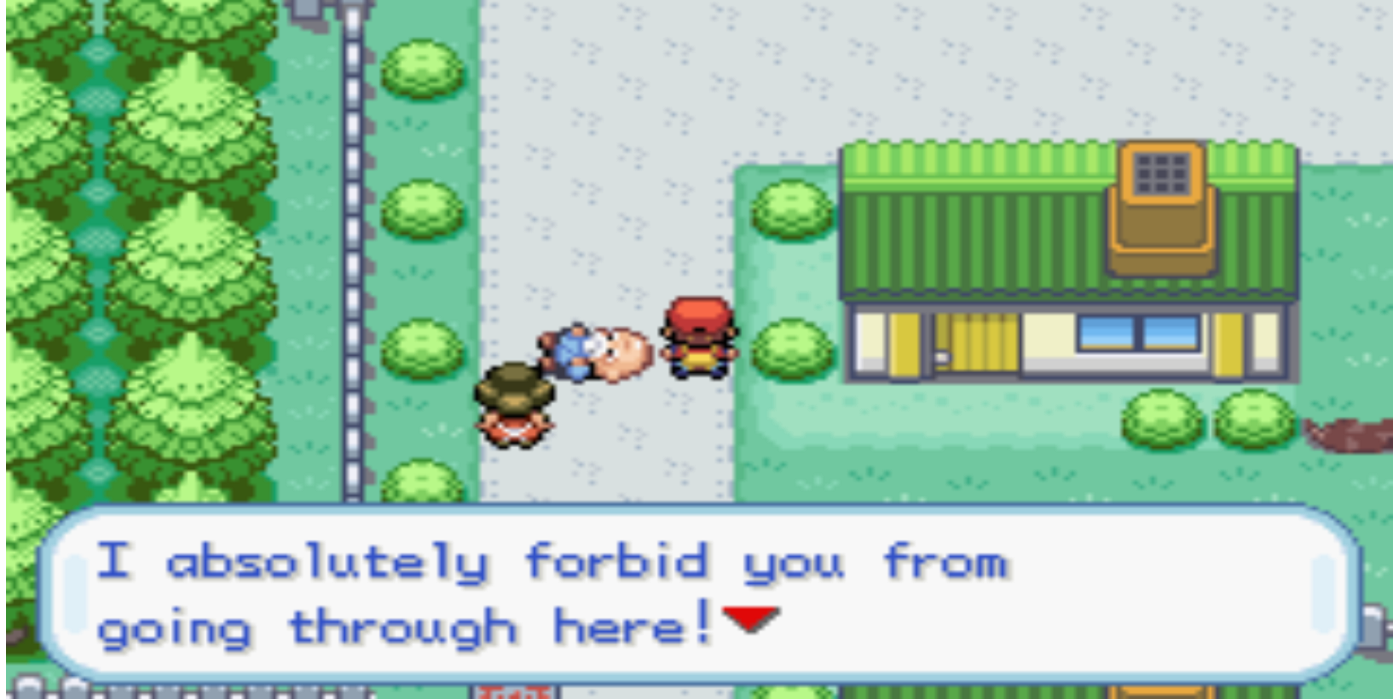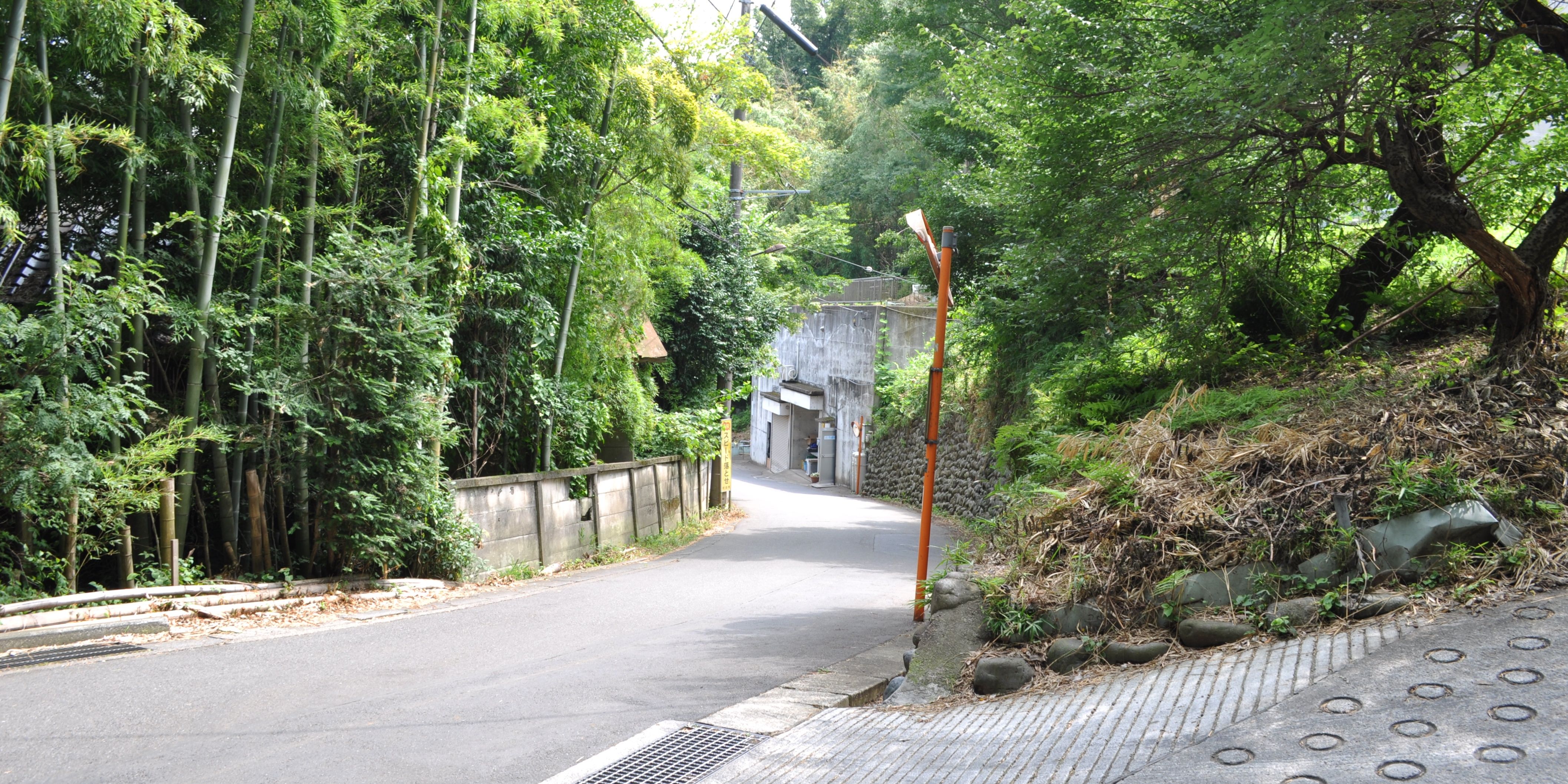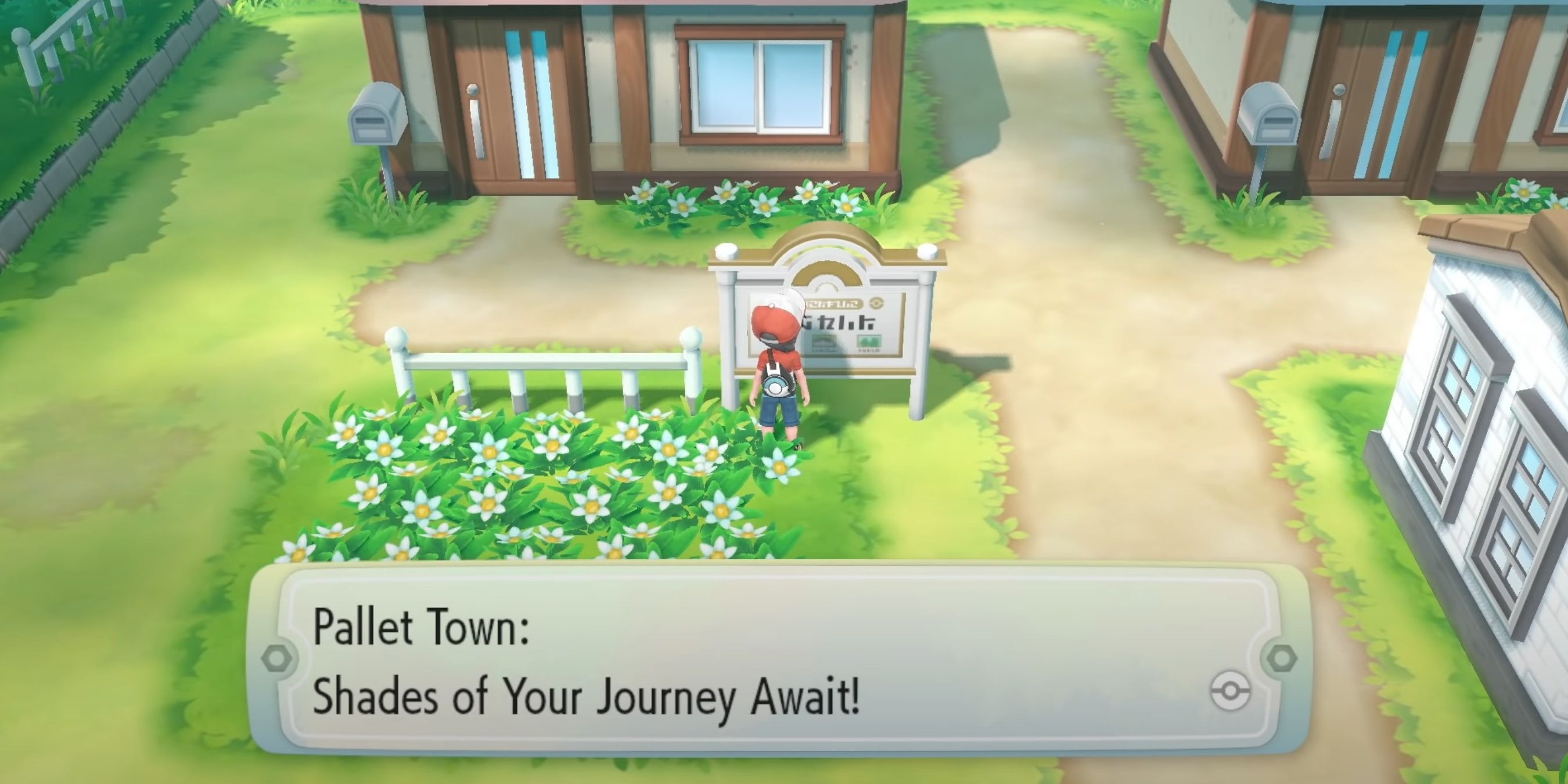For 25 years, the Pokemon series has provided players with an escape to a familiar world with fascinating creatures. Since its beginning, the Pokemon world has been inspired by France, England, New York, and even Hawaii; but it all started in Japan's Kantō region, where series creator Satoshi Tajiri grew up.
Kanto is an important place for Pokemon fans, as it was the first part of the vast world players got to experience. Reappearing several times since Pokemon Red & Blue, Kanto's now-instantly recognizable locations have proudly represented their real-world counterparts in the Kantō region of Japan.
11 Lavender Town - Narita, Chiba Prefecture
10
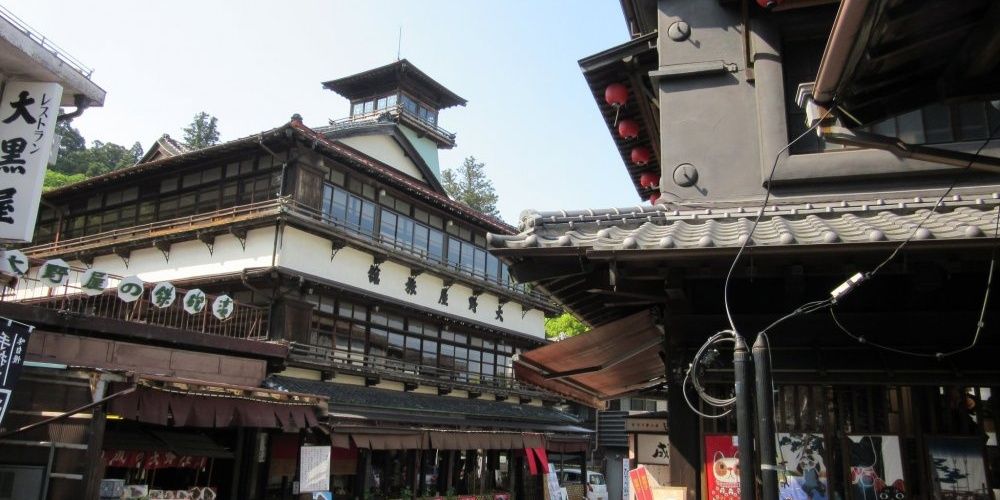
As the home of Narita International Airport, this may be the first Kanto location that a foreign traveler could visit. The eerie Lavender Town may be geographically linked to the city of Narita, but in fact also borrows some inspiration from the nearby city of Sakura, a mere 30-minute drive away.
Both Narita and Sakura are sites where archaeologists have discovered stone tombs dating back to the Kofun period, clearly inspiring the Pokemon graves in the nightmarish Lavender Tower.
9 Fuchsia City - Tateyama, Chiba Prefecture
Just like Fuchsia City in the games, Tateyama is a historical city that faces the ocean. Fuchsia City's main attraction, the Safari Zone, turned into Pal Park in HeartGold & Soulsilver, and then again into GO Park in Let's Go Pikachu & Let's Go Eevee.
All three are a nod to the Aloha Garden Tateyama, a botanical garden featuring several greenhouses and a petting zoo. The flowers by the entrance of the Safari Zone reflect the beautiful flora that can be found in and around the Tateyama Bay Area of Minami Bōsō Quasi-National Park.
8 Cinnabar Island - Izu Oshima, Tokyo Prefecture
The player would be required to surf to travel between Fuchsia City and Cinnabar Island in the Pokemon games. Fortunately, there's a ferry service that connects Tateyama to the island of Izu Oshima, an inhabited stratovolcano. The island's volcanic peak, Mount Mihara, has erupted several times, most notably in 1986 when citizens were forced to evacuate.
Similarly, Cinnabar Island's volcano erupted between the Generation I and II games (and their remakes in Generations III and IV). Izu Oshima's most recent eruption occurred in 1990, just six years before Red & Green released in Japan.
7 Pewter City - Maebashi, Gunma Prefecture
Pewter City is the nostalgic place where many Pokemon fans gained their first Gym Badge by beating Gym Leader Brock. Geographically, Pewter City is linked to Maebashi, the capital of Gunma Prefecture. Maebashi rests at the base of Mount Akagi, much like how Pewter City is close to a certain Mt. Moon.
Elements of Pewter City were also inspired by the nearby Iwajuku archaeological site in Midori. The Iwajuku site is famous for its paleolithic findings and even has its own museum, much like the one in Pewter where players can revive ancient Pokemon fossils.
6 Saffron City - Marunouchi District, Tokyo Prefecture
The center of important business in Japan, the Marunouchi District of Tokyo is home to many international banks and regional corporations. In the games, Saffron City is home to Silph Co., the regional manufacturer of Poke Balls.
Saffron also is known for its quaint Magnet Train station, which comically pales in comparison to the grandiose Tokyo Station in Marunouchi. The real-world Pokemon Center DX store is also a short walk away from the station, just like the Pokemon Center in the games.
5 Celadon City - Shinjuku, Tokyo Prefecture
Celadon City and Saffron City are close together in the games because they are technically different hubs of Tokyo. Celadon takes inspiration from Shinjuku, a special ward known for its nightlife, entertainment, and commerce.
This makes perfect sense as to why establishments like the Celadon Game Corner, Celadon Department Store, and Team Rocket Hideout were all put in this location. The Celadon Condominiums may also be a nod to Nishi-Shinjuku, where some of Tokyo's tallest buildings can be found.
4 Cerulean City - Tsuchiura, Ibaraki Prefecture
Described in HeartGold & SoulSilver as the Floral Lagoon city, Cerulean is best known among Pokemon fans for its beloved Gym Leader Misty. Like Cerulean, the city of Tsuchiura is also quite floral, featuring vast fields of lotus blooms.
Tsuchiura sits on the edge of Lake Kasumigaura, just as the Cerulean Cape and the Sea Cottage are near Cerulean City. Misty's Japanese name Kasumi, possibly derived from Lake Kasumigaura, means 'mist.'
3 Vermilion City - Yokohama, Kanagawa Prefecture
Vermilion City is the in-game match for Yokohama, the capital city of Kanagawa Prefecture. Despite the city's size in-game, Yokohama is the second-most populated city in Japan next to Tokyo itself.
The city has a rich history as a major port of Japan, which is why ships such as the S.S. Anne, the Seagallop, and the S.S. Aqua can be boarded in Vermilion across various Pokemon games. Breathtaking sunsets can also be experienced in both Vermilion and Yokohama.
2 Viridian City - Hakone, Kanagawa Prefecture
Hakone is a popular destination surrounded by mountains and natural beauty. In HeartGold & SoulSilver, Viridian City is described as a gateway to the Indigo Plateau, much like Hakone can be seen as a gateway to Mount Fuji.
Both are relatively smaller locations in their respective worlds that have a great significance to the areas around them. The Hakone Botanical Garden of Wetlands may have inspired the nearby Viridian Forest, but the old man blocking the road seems to be exclusive to the Pokemon world.
1 Pallet Town - Machida, Tokyo Prefecture
Geographically, the town of Machida is further inland, whereas Pallet Town is right on the coast to the north of Cinnabar Island. A mostly residential city, Machida offers several high schools and universities to which the Oak Pokemon Lab could be an homage.
Machida is also larger in population than Hakone, even though Pallet Town appears to be much smaller than Viridian City in the games. This is likely because Machida was much smaller during Tajiri's childhood, and he wished to recreate the place the way he remembered it.

